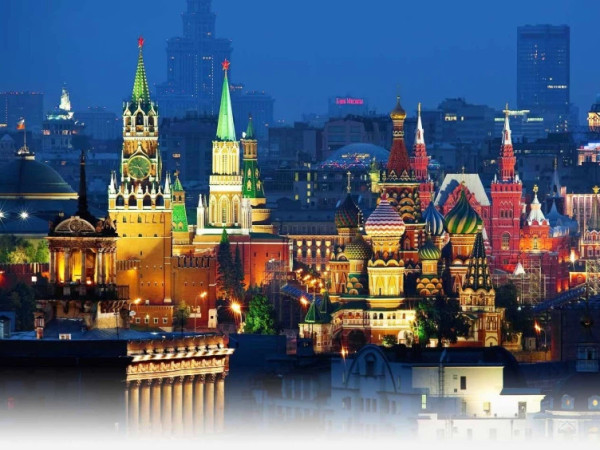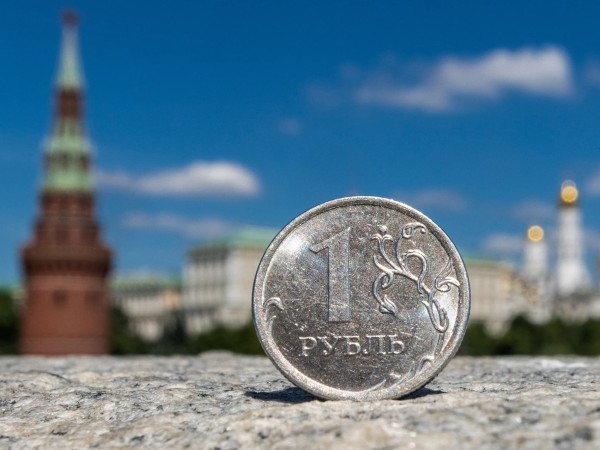The Bank of Russia decided to increase the key rate by 25 b.p. to 4.50% per annum. In the first quarter, the rate of consumer price growth has been higher than the Bank of Russia’s forecast. Domestic demand is recovering more steadily and faster than expected, outstripping the pace of output growth in a number of sectors.
The expectations with regard to external demand are also improving on the back of additional fiscal support measures in certain countries and accelerating vaccination paces of the population. Inflation expectations of households and businesses remain elevated. The balance of risks has shifted towards proinflationary ones.
The fast recovery of demand and elevated inflationary pressure call for a return to neutral monetary policy. Pursuant to the latest report of the Bank of Russia, given the current monetary policy stance, annual inflation will return to the Bank of Russia’s target close to 4% in the first half of 2022 and will remain at that level further on, reads the recent report of the Bank of Russia.
As for inflation, it is developing above the Bank of Russia’s forecast. In February, the annual consumer price growth rate rose to 5.7% vs 5.2% in January and, according to the 15 March assessments, reached 5.8%. Based on Bank of Russia estimates, indicators reflecting the most sustainable price movements substantially exceed 4%.
This largely reflects a steady nature of the recovery in domestic demand. Its influence on price growth rates is enhanced by restrictions on foreign travel. The funds that households have been unable to spend for this purpose are partially redistributed in favor of domestic goods and service consumption. Additional pressure on price growth is exerted by supply-side factors that constrain the production of certain goods.
Inflation expectations of households remain elevated compared to the pre-pandemic period. Businesses’ price expectations also remain at an elevated level. Analysts’ medium-term expectations are anchored close to 4%.
The fast recovery of demand and elevated inflationary pressure call for a return to neutral monetary policy. The Bank of Russia forecasts that annual inflation will peak in March and go down further on. Given the current monetary policy stance, annual inflation will return to the Bank of Russia’s target close to 4% in the first half of 2022 and will remain at that level further on.
Monetary conditions remain accommodative and have not seen any significant changes since the previous meeting of the Bank of Russia Board of Directors.
Short-term OFZ yields rose reflecting the expectations of a faster return to neutral monetary policy by the Bank of Russia. Growing yields of medium- and long-term OFZs largely reflect the increase of interest rates in global financial markets.
Loan and deposit rates mainly remained unchanged. Lending continues to grow at rates close to recent years’ highs. Apart from accommodative monetary conditions, lending dynamics are influenced by the preferential programs implemented by the Government as well as by regulatory relaxations. When making its key rate decisions, the Bank of Russia will consider the impact of cancelling these anti-crisis measures on monetary conditions.
The pace of economic recovery is higher than expected. According to the Bank of Russia’s monitoring, increasingly more businesses report that their production rate has returned to the pre-pandemic level. The recovery in retail trade and services is supported by a gradual lifting of restrictions. However, in certain sectors, the capacity for output expansion is lagging behind the expanding demand. Consumer sentiment continued to improve in January—February. Market surveys demonstrate that businesses’ expectations remain positive.
In 2021 and onwards, Russian economic growth will gain support from an improved outlook for the global economy as further fiscal support measures are rolled out across a number of countries, which is set to accelerate growth in demand for Russian export commodities. The medium-term economic growth path will be markedly influenced by the paces of vaccination in Russia and globally, the efficacy of vaccines against new virus strains, the nature of recovering private demand, as well as by the path of budget consolidation.
The balance of risks has shifted towards proinflationary ones. The impact of proinflationary factors may prove more protracted and expressed against the backdrop of outrunning growth in consumer demand relative to the capacity of output expansion. Their impact may be further strengthened by elevated inflation expectations and the associated secondary effects.
Further upward pressure on prices may continue to come from temporary disruptions in production and supply chains. Proinflationary risks are generated by price movements in global commodity markets, including supply-side factors. This could have a bearing on domestic prices of relevant goods.
Short-term proinflationary risks are also connected with stronger volatility in global markets, driven by various geopolitical developments, among other factors, which may have an effect on exchange rate and inflation expectations. Given that the global economic recovery is progressing at faster paces than previously expected and the need is no longer in place for extremely accommodative policies in advanced economies, an earlier monetary policy normalization by central banks in these countries is possible. This may become a further driver of volatility growth in global financial markets.
Disinflationary risks in the baseline scenario have receded. Opening up the borders concurrently with a gradual lifting of restrictions may lead to a recovery in the consumption of foreign services and weaken supply-side constraints in the labor market through inflows of foreign labor force. The economic recovery may be held back by a slower rollout of vaccination programs, the spread of new virus strains, and the entailing toughening of restrictions, among other factors. Persistent changes in consumer preferences and behavior including a potentially higher propensity to save are poised to exert a constraining influence on inflation.
Medium-term inflation is significantly impacted by fiscal policy. In its baseline scenario, the Bank of Russia proceeds from the parameters of the federal budget and the budgets of constituent territories reflected in the Guidelines for Fiscal, Tax and Customs and Tariff Policy for 2021 and the 2022–2023 Planning Period, as well as from the announced time frames for the completion of anti-crisis measures of the Government and the Bank of Russia. The Bank of Russia will factor in the implications for the forecast of potential investment decisions as regards the liquid part of the National Wealth Fund in excess of the 7% GDP threshold.















